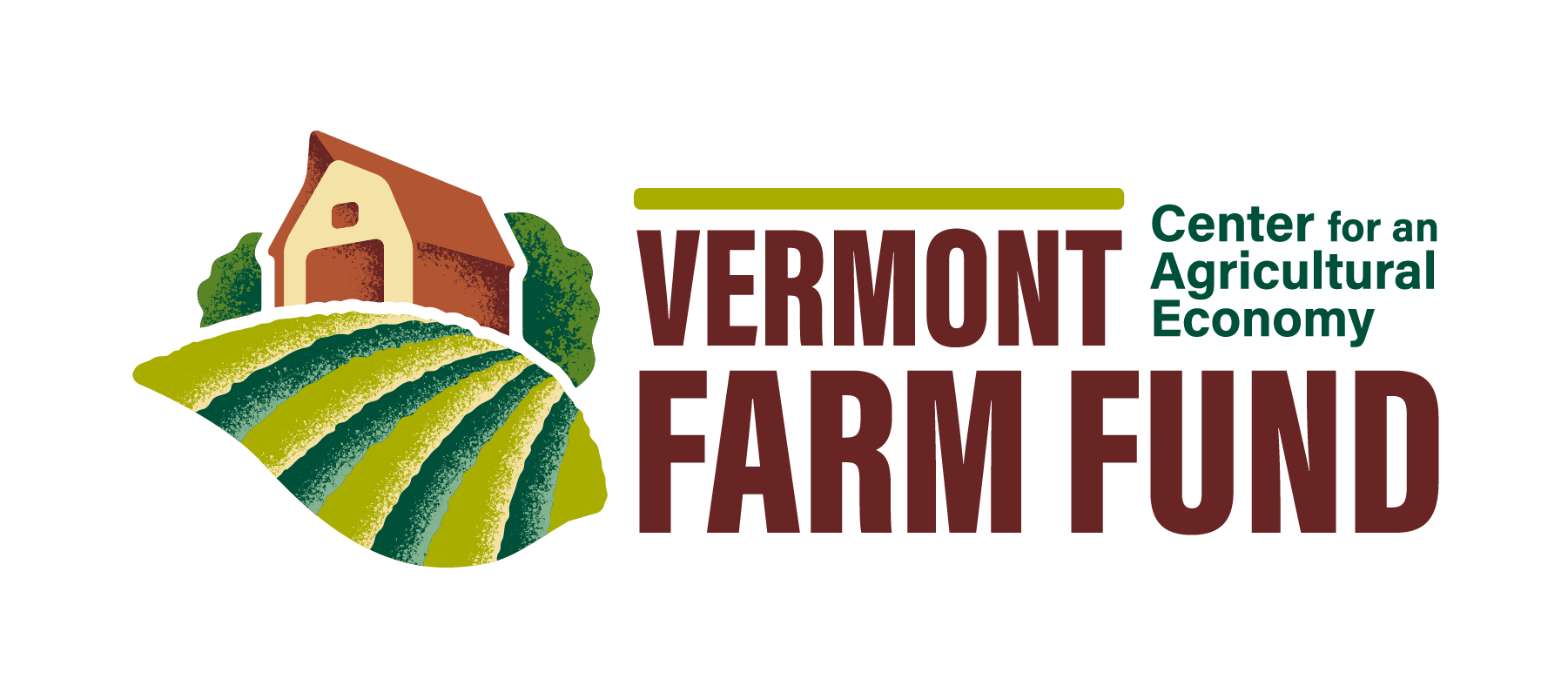Calderwood Goat Dairy
Doug Calderwood of Calderwood Goat Dairy worked with the Vermont Agency of Agriculture, Food and Markets (VAAFM) on the construction of a wastewater holding lagoon. A grant covered up to $35,000 dollars in construction costs, but Doug needed $15,000 up front to pay the deposit on the lagoon liner. The VFF bridge loan allowed him to pay for those initial costs, and then pay back the VFF once the grant money had been received.
The purpose of this lagoon is to collect all wastewater produced during the winter months so that it can be applied in the spring and summer when the ground is not frozen. Calderwood Goat Dairy previously could not produce milk during the winter months due to not having a way to handle the wastewater that is produced from washing the milking equipment. This lagoon allows Calderwood to produce milk year round, and obtain the higher price per hundredweight for the milk that is paid by Vermont Creamery during the winter months.
Calderwood Goat Dairy was started in the fall of 2015 when Calderwood purchased his first 60 does. In the spring of 2016 Calderwood left his job in central New York managing a large scale sheep and goat dairy, milking a combined 1,500 head, with a total herd size of 4,000 head. A farm was purchased in Royalton, Vermont consisting of 15 tillable acres and a 1980’s tie stall barn that was expanded to hold a new milk house, milking parlor, and housing for the 75 milking does for the summer of 2016. Through a five year lease agreement Calderwood rents an additional 85 acres of land for hay. The dairy produces fluid milk which is sold to Vermont Creamery. Calderwood is the sole owner of the business and works full time managing the animals and crops with significant help from friends and family. A full time position was added to help with the increase in animals being milked. During 2016 the current milking equipment was installed and a 28’X92’ greenhouse barn was built for young stock. In 2017 a 42’X104’ hoop barn was built with the help of the Vermont Farm Fund for housing the milking herd as it grows from 100 head to 300 head.

